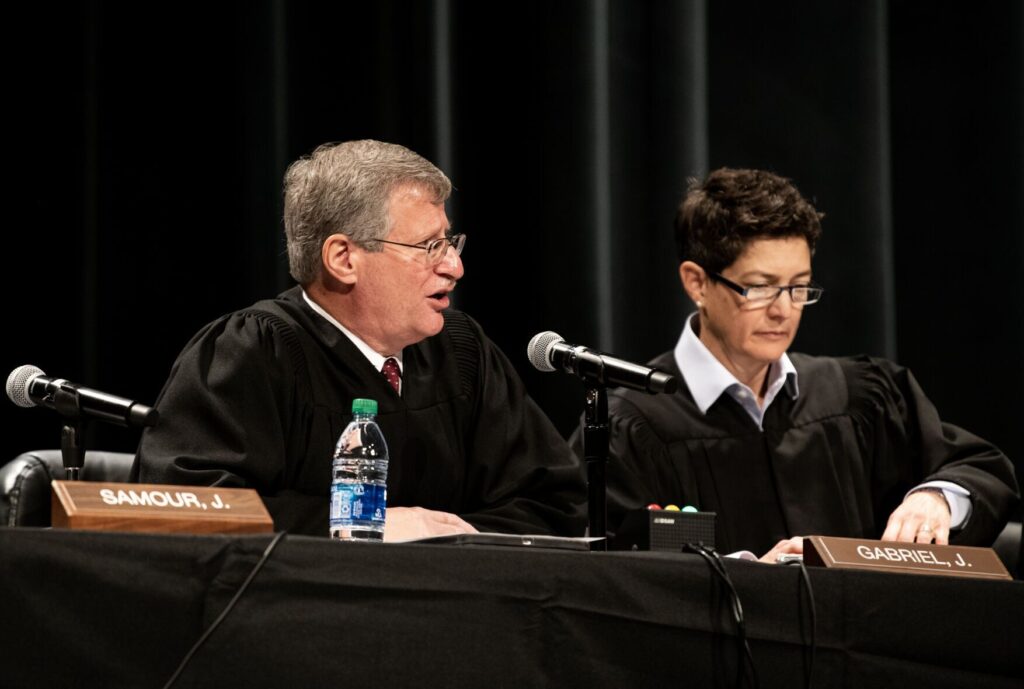Historic preservation group updates Colorado’s Most Endangered Places list
The state’s premiere historic preservation organization announced earlier this month that it was adding three historic sites to its ongoing Colorado’s Most Endangered Places Program, while two sites are coming off the list because they’re considered saved.
Colorado Preservation, Inc., founded in 1984, has produced the annual list since 1997, and this year unveiled the updates while also marking the 20th anniversary of the organization’s Saving Places Conference, the largest statewide historic preservation conference in the country. The Most Endangered Places program is intended to draw awareness and assistance to historically significant sites in the state that are in danger of disappearing.
Jennifer Orrigo Charles, Colorado Preservation, Inc.’s executive director, announced the three new sites at the program’s annual luncheon on Feb. 2 at the Colorado Convention Center. The sites include the World’s Wonder View Tower, dating to 1926, along Interstate 70 in Genoa in Lincoln County; the historic buildings on Raymer’s Centre Avenue in Weld County, some dating back to the late 19th century; and Temple Aaron, built in 1889 in Trinidad in Las Animas County, considered the oldest continually operating synagogue in the same location in Colorado.
She also reported that two properties have been saved: the 1909 Hugo Roundhouse in Hugo in Lincoln County; and Native American Wickiups, which have been listed and documented by preservationists and archeologists in locations around the state as part of the Native American Arboreal Wickiup and Teepee Sites project.
In its 20 years, the Most Endangered Places program has featured 113 historic sites across the state – with locations in 49 of Colorado’s 64 counties – and counts 41 of them as saved. Only six of the sites have been considered lost, organizers said.
Preservationists have high hopes for the World’s Wonder View Tower, for instance. Built in 1926 as a roadhouse, café and filling station for travelers becoming acquainted with the newfangled automobiles, when the tower was completed it would be known as the highest between New York City and the Rocky Mountains, a distinction confirmed by the U.S. Geological Survey. The tower landed in the 1933 edition of Ripley’s Believe It or Not because observers were supposed to be able to see six states from atop the tower – Colorado, Kansas, Nebraska, South Dakota, Wyoming and New Mexico. It closed in 2013 and has been vacant since but was purchased last year by Colorado residents who plan to rehabilitate it and reopen the site.
Learn more about the sites on Colorado’s Most Endangered Places list at http://coloradopreservation.org/programs/endangeredplaces/ and plan a self-guided road trip to sites at http://coloradopreservation.org/programs/endangered-places/on-the-road-with-colorados-most-endangered-places/











